By Jim Carl, Peace Corps-Mongolia Country Director in the Peace Corps Mongolia Monthly Memo, April 2008 edition
Or more precisely, what does a PCV cost? Last month, President Bush submitted his budget request for fiscal year 2009 which included $343.5 million for Peace Corps. Where does all that money go? I did an easy calculation; if you take the current year's budget ($331 million) and divide it by the average number of PCVs in the field (8,100) you realize that for every PCV, American taxpayers are shelling out about $40,000 per year…
…By now I imagine you are looking at your lasts [monthly] living allowance (127,000T/about $109) and the figure $40,000 and shaking your head in disbelief or at least trying to figure out why you're not getting a bigger piece of the pie. But the truth is, you are really getting most of the pie.
…You receive about $4,500 per year including living allowance, leave allowance, readjustment allowance, and pro-rated part of your settling-in allowance. And housing and utility costs, that average[s] about $125/mo or $1,500 per year. So that's $6,000 easy but what about the other $34,000?
To get you into the country and back home again with a little extra added to cover the few who get special leave or emergency leave is another $4,000 ($2,000 per year). And then there is health, which sets us back about $4,000 per year per PCV. This includes the occasional medical evacuation; at less than $350 per mo is real bargain for 100% coverage that includes prescriptions, vision and dental care.
Remember the recruiter that you spoke to occasionally…when you were joining Peace Corps? Well, it cost about $6,000 per PCV ($3,000 per year) for 2 years of service to get you recruited. This includes the whole recruiting network as well as getting medical clearances and security clearances. This also includes you sharing the cost for the thousands of applicants every year that is not selected or opt out the last minute.
And if there is one thing Peace Corps does a lot of, it is training. The cost of your staging, Pre-Service Training (PST) and In-Service Training (IST), and [language] tutoring runs about $3,500 per year for each PCV. PST is the biggest chunk of that with hiring of trainers, renting rooms and offices, paying host families, etc. Miscellaneous cost, many of which you may never use, average about $1,500 per year. These include the cost to evacuate or close a post, open a new post, hire attorneys for PCVs with legal problems, search for missing volunteers, move offices, air ambulances, and…weekly Newsweek subscriptions, Corps Care Insurance, and programs like World Wise Schools.
What is left is split down the middle to maintain the support structure in Washington, DC and the local Peace Corps Office [in country]. The office in DC provides a certain amount of direct service including Peace Corps publications, Returning Peace Corps Volunteer (RPCV) services, emergency services, and Peace Corps Response (formerly Crisis Corps). Locally, [operation includes] everything from site development…[to] sending out Monthly Memo [newsletters].
While $40,000 per year may seem like more than you thought it would cost, it is just a drop in the buck compared to what it costs to field a Foreign Service officer or USAID technical contractor. This makes Peace Corps one of the most cost effective programs in the US government and by far the most cost effective among those offering foreign assistance. All this and it comes with a human face.
So, to sum up:
Allowances: $4,000
Housing/Utilities: $1,500
International Travel: $2,000
Health: $4,000
Recruitment: $3,000
Training: $3,500
Miscellaneous: $1,500
Headquarters/Local Office Support: $20,000
Contribution to world peace: Priceless
Stay healthy and safe.
Jim










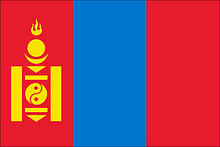
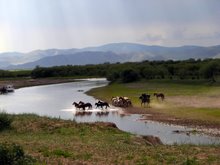

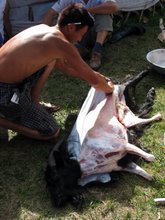
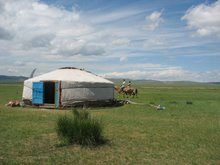

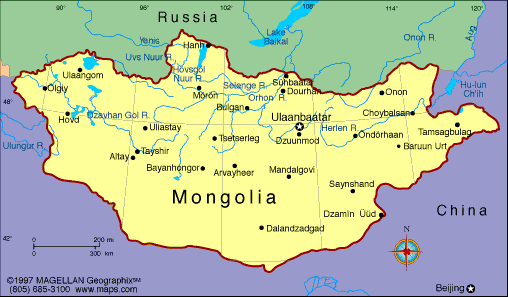
No comments:
Post a Comment